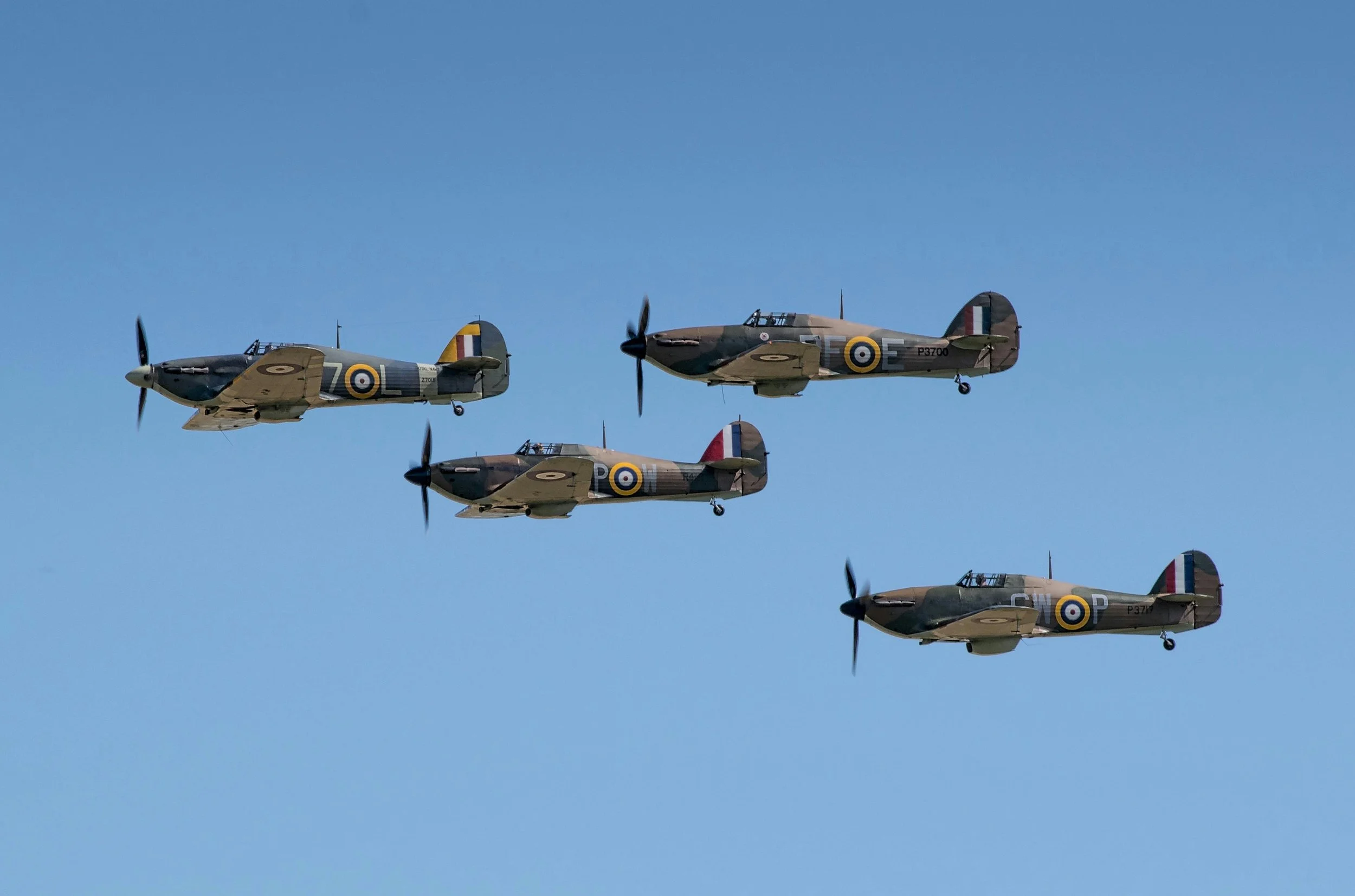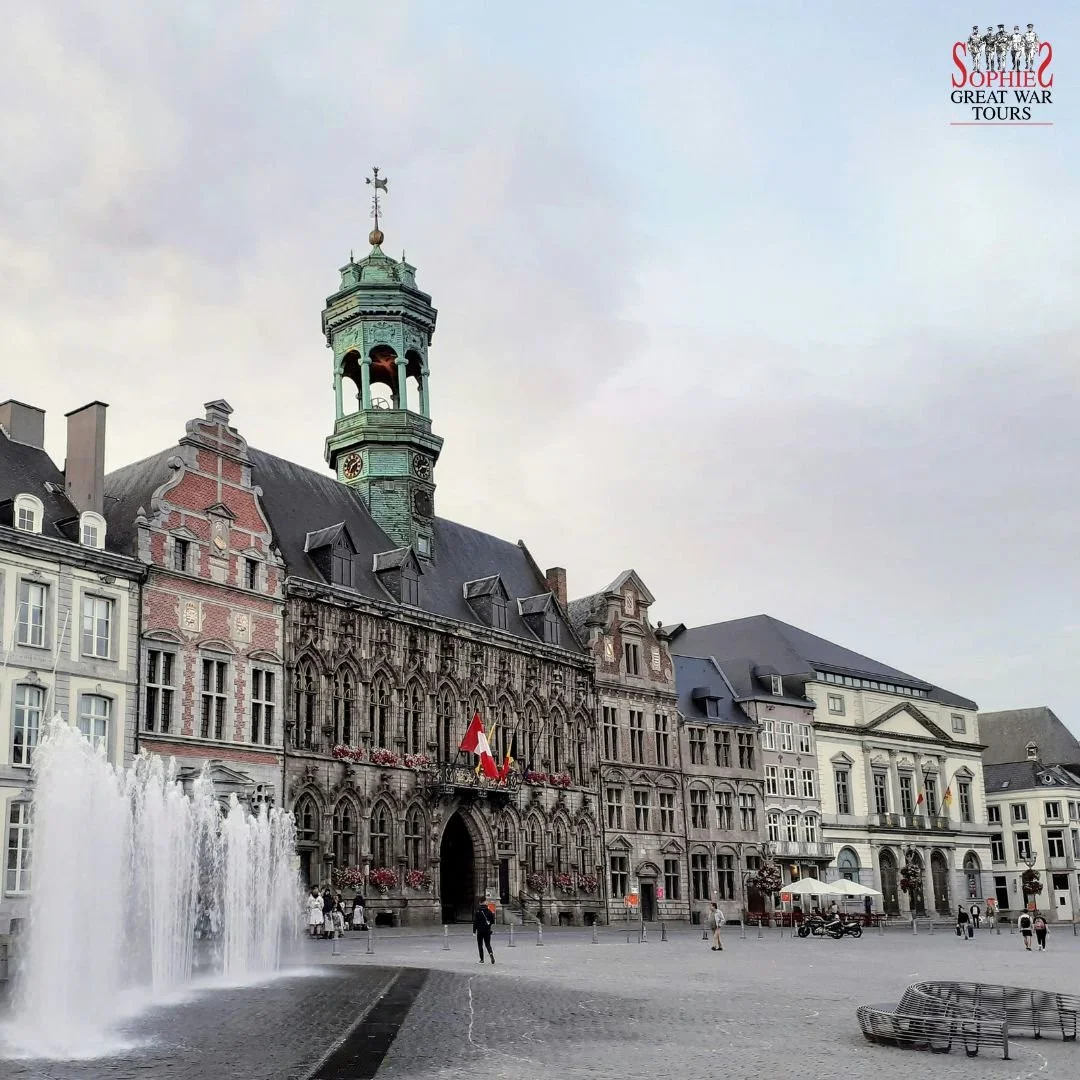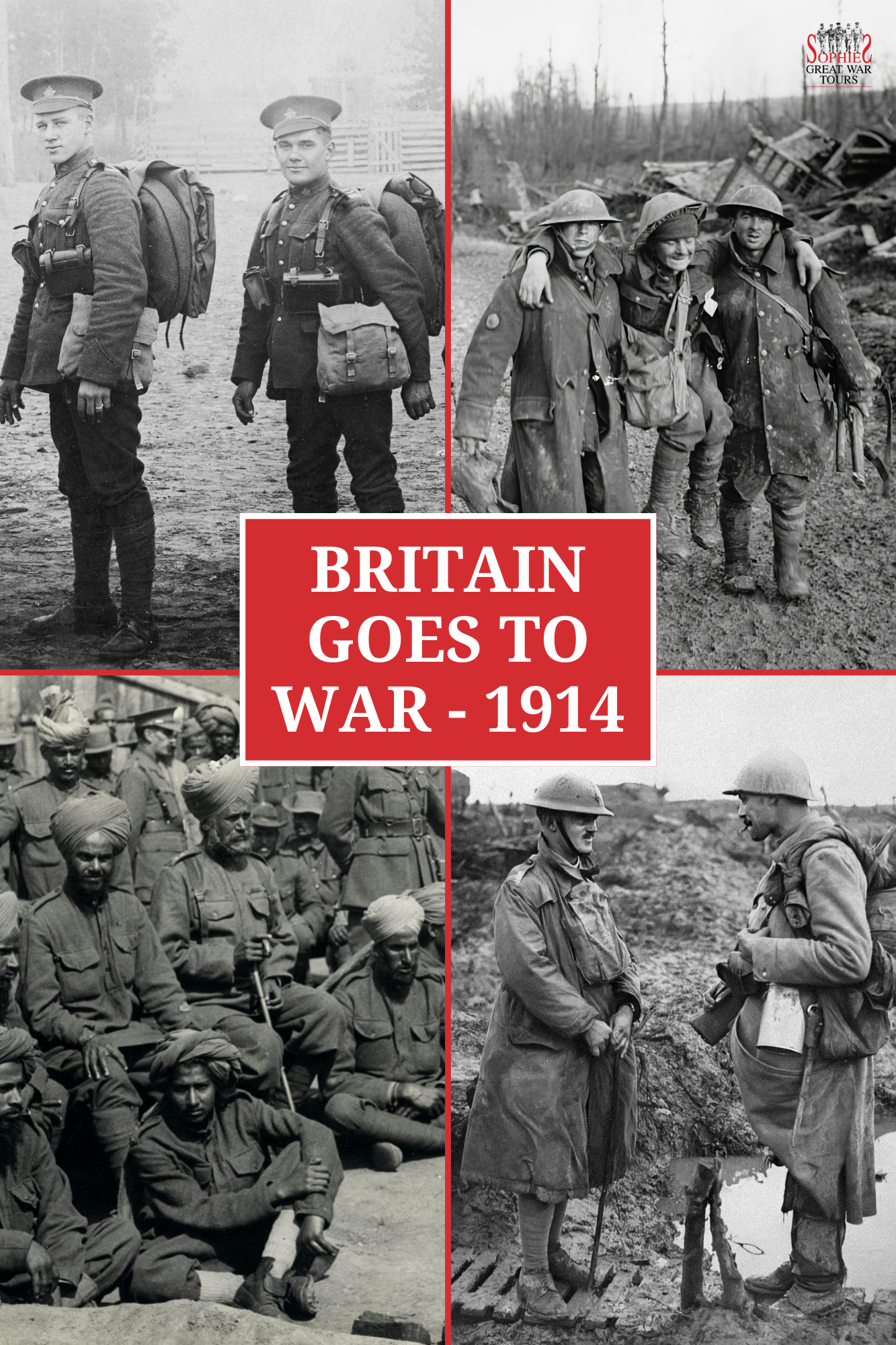Air Commodore Sir Frank Whittle was an English engineer, inventor and Royal Air Force officer. He is credited with co-creating the turbojet engine. His work throughout the war would redefine the British aviation industry and all of us alive today benefit from his original ideas and tireless work.
Frank’s story below is technical, scientific and full of internal battles with both private industry and Government departments. I have tried to focus on the key moments of his life.
Frank Whittle was born in Coventry, UK to Moses and Sara. The family moved to Leamington Spa where his father, a highly inventive practical engineer and mechanic, purchased the Leamington Valve and Piston Ring Company. Here a young Whittle got stuck into the equipment and could perform practical experiments.
Frank joined the RAF and reported to RAF Halton in Buckinghamshire as an Aircraft Apprentice in 1923. However, he was only to last two days as he failed the medical. Determined to succeed, he took medical advise on how to bulk up and went on a special diet and physical training programme. Despite putting on an additional three inches to his height and chest expansion rate, he failed the medical again. Undeterred, he applied again under an assumed name and presented himself as a candidate at the No 2 School of Technical Training RAF Cranwell. This time he passed the physical and, in September that year, 364365 Boy Whittle, F, started his three-year training as an aircraft mechanic in No. 1 Squadron of No. 4 Apprentices Wing, RAF Cranwell.
While the strict discipline of RAF life was not in keeping with Frank’s adventurous and rebellious streak, his skills for designing and building caught the attention of the Wing Commander, who put him forward for officer training at RAF College Cranwell. This was a dream come true as Frank would also train to fly.
A requirement of the course was that each student had to produce a thesis for graduation: Whittle decided to write his on potential aircraft design developments, notably flight at high altitudes and speeds over 500 mph (800 km/h). In Future Developments in Aircraft Design he showed that incremental improvements in existing propeller engines were unlikely to make such flight routine. Instead he described what is today referred to as a motorjet; an air compressor using a conventional piston engine to provide compressed air to a combustion chamber whose exhaust was used directly for thrust – essentially an afterburner attached to a piston engine driven air compressor.
Whittle graduated in 1928 at the age of 21 and was commissioned as a pilot officer in July. He ranked second in his class in academics, won the Andy Fellowes Memorial Prize for Aeronautical Sciences for his thesis, and was described as an "exceptional to above average" pilot. However, his flight logbook also showed numerous red ink warnings about showboating and overconfidence.
Whittle continued working on the motorjet principle after his thesis work but eventually abandoned it when further calculations showed it would weigh as much as a conventional engine of the same thrust. Pondering the problem he thought: "Why not substitute a turbine for the piston engine?" Instead of using a piston engine driven compressor to provide the compressed air for the burner, a turbine could be used to extract some power from the exhaust and drive a compressor, similar as in a turbocharger. The remaining exhaust thrust would power the aircraft.
On 27th August 1928, Pilot Officer Whittle joined No. 111 Squadron, Hornchurch, flying Siskin IIIs. His continuing reputation for low flying and aerobatics provoked a public complaint that almost led to his being court-martialed. Within a year he was posted to the Central Flying School, then at RAF Wittering, for a flying instructor's course. He became a popular and gifted instructor, and was selected as one of the entrants in a competition to select a team to perform the "crazy flying" routine in the 1930 Royal Air Force Air Display at RAF Hendon. He destroyed two aircraft in accidents during rehearsals but remained unscathed on both occasions. After the second incident an enraged Flight Lieutenant Harold W. Raeburn said furiously, "Why don't you take all my bloody aeroplanes, make a heap of them in the middle of the aerodrome and set fire to them – it's quicker!"
Whittle continued to refine his ideas. While others criticised and suggested that his assumptions would never work, his friend Pat Johnson remained convinced of the validity of Whittle’s ideas and had him submit a patent. Since the RAF was not interested in the concept they did not declare it secret, meaning that Whittle was able to retain the rights to the idea, which would have otherwise been their property. Johnson arranged a meeting with British Thomson-Houston whose chief turbine engineer seemed to agree with the basic idea. However, BTH did not want to spend the £60,000 it would cost to develop it, and this potential brush with early success went no further.
Frank would continue to meet with engineering giants, trying to find funding to build prototype engines. He could barely afford the patent renewal fee when it became due in January 1935, and because the Air Ministry refused to pay it the patent was allowed to lapse. Shortly afterwards, in May, he received mail from Rolf Dudley-Williams, who had been with him at Cranwell in the 1920s and Felixstowe in 1930. Williams arranged a meeting with Whittle, himself, and another by-then-retired RAF serviceman, James Collingwood Tinling. A partnership was proposed that allowed them to act on Whittle's behalf to gather public financing so that development could go ahead. This plan was to pay off and in 1936 Power Jets Ltd was created.
The Air Ministry still saw little immediate value in supporting Whittle’s efforts, so Power Jets entered into an agreement with British Thomson-Houston to build an experimental engine facility at a factory in Rugby, Warwickshire. Work progressed quickly, and by the end of the year 1936 the prototype detail design was finalised and parts for it were well on their way to being completed, all within the original £2,000 budget. German counterparts however, had received much more state support, and ultimately the Luftwaffe beat the British efforts into the air by nine months.
Finally the Air Ministry became interested in Whittle’s work and decided to fund further development. The paperwork came through in March 1938 and further work was subject to the Official Secrets Act.
In Germany, Hans von Ohain had filed for a patent in 1935, which in 1939, led to the world's first flyable jet aircraft, the Heinkel He 178, powered by the Heinkel HeS 3. There is little doubt that Whittle's efforts would have been at the same level or even more advanced had the Air Ministry taken a greater interest in the design.
Whittle's smoking increased to three packs a day and he suffered from various stress-related ailments such as frequent severe headaches, indigestion, insomnia, anxiety, eczema and heart palpitations, while his weight dropped to just nine stone. To keep to his 16-hour workdays, he sniffed benzedrine during the day and then took tranquillisers and sleeping pills at night to offset the effects and allow him to sleep.
On 30th June 1939, Power Jets could barely afford to keep the lights on when yet another visit was made by Air Ministry personnel. Whittle ran the third reconstructed W.U. at 16,000 rpm for 20 minutes without any difficulty. The Ministry agreed to buy the W.U. and then lend it back to them, injecting cash, and placed an order for a flyable version of the engine, referred to as the Power Jets W.1 and Power Jets W.2. By then, the Ministry had a tentative contract with the Gloster Aircraft Company for a simple aircraft specifically to flight-test the W.1, the single-engine Gloster E.28/39.
When war was declared, everything ramped up at speed and Power Jets would have 70 employees by September 1940.
The definitive W.1 of 850 lbf (3.8 kN) thrust ran on 12 April 1941, and on 15 May the W.1-powered E.28/39 took off from Cranwell at 7:40 pm, flying for 17 minutes and reaching a maximum speed of around 340 mph (545 km/h). Within days the aircraft was reaching 370 mph (600 km/h) at 25,000 feet (7,600 m), exceeding the performance of the contemporary Supermarine Spitfire fighters.
The stress on Whittle was expressed in a 27 May 1941 letter to Henry Tizard:
The responsibility that rests on my shoulders is very heavy indeed. We are faced with two alternatives – either we place a powerful weapon in the hands of the Royal Air Force or, if we fail to get our results in time, we may have falsely raised hopes and caused action to be taken which may deprive the Royal Air Force of hundreds of aeroplanes that it badly needs.
On 10th December 1941 Whittle suffered a nervous breakdown, and left work for a month. However, by the end of January 1942, Power Jets had three engines. A month later, flight trials began, which reached speeds of 430 mph (690 km/h) at 15,000 feet.
In January 1944 Whittle was appointed a Commander of the Order of the British Empire in the New Year Honours. By this time he was a group captain, having been promoted from wing commander in July 1943.
After negotiations, Power Jets was to be nationalised for an offer of £135,500. Whittle had already offered to surrender his shares so he would receive nothing at all while Williams and Tinling each received around £46,800 for their stock.
After the war, Whittle accepted a post as Technical Advisor on Engine Design and Production to Controller of Supplies (Air); was made a Commander of the US Legion of Merit; and was appointed a Companion of the Order of the Bath in 1947. During May 1948 Whittle received an ex-gratia award of £100,000 from the Royal Commission on Awards to Inventors in recognition of his work on the jet engine, and two months later he was made a Knight Commander of the Order of the British Empire.
During a lecture tour in the US, Whittle again broke down and retired from the RAF on medical grounds on 26 August 1948, leaving with the rank of air commodore. He joined BOAC as a technical advisor on aircraft gas turbines and travelled extensively over the next few years, viewing jet engine developments around the world.
Whittle died of lung cancer on 9th August 1996, at his home in Columbia, Maryland. He was cremated in America and his ashes were flown to England where they were placed in a memorial in a church in Cranwell.
Frank Whittle's story is an enduring example of British ingenuity and perseverance. Despite initial resistance and funding challenges, his achievements underscored the importance of investing in research and development. His work inspired generations of engineers and inventors.


































